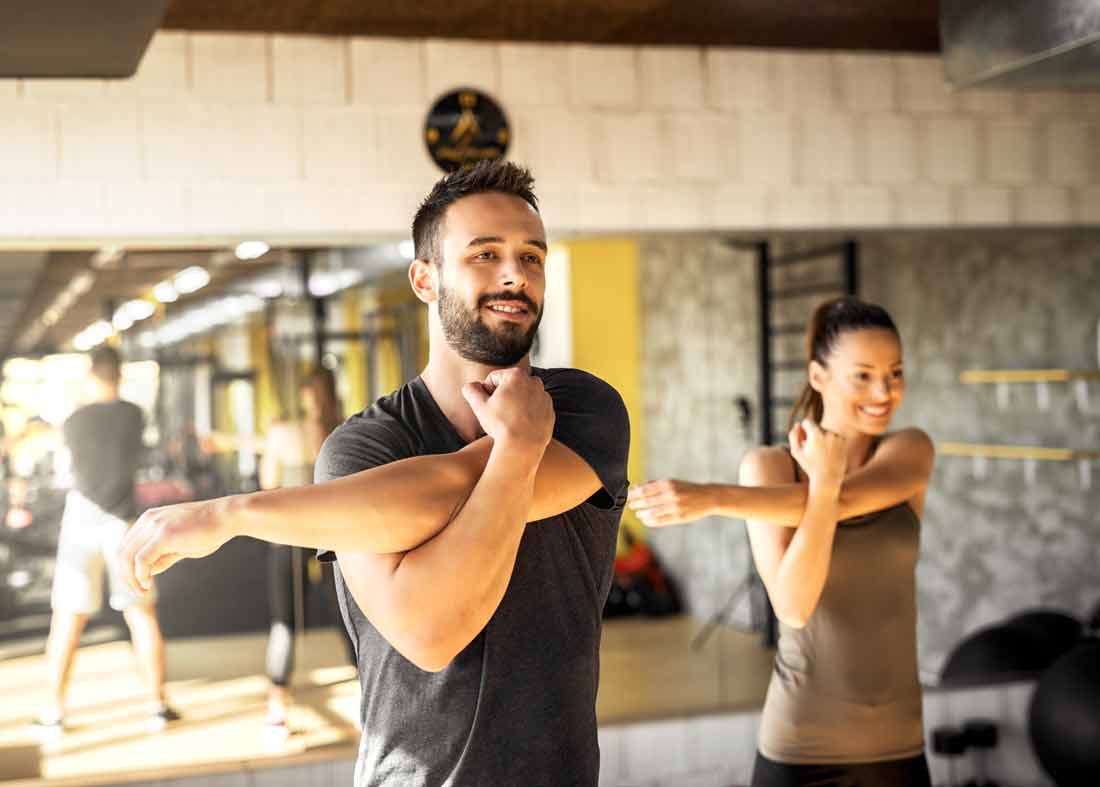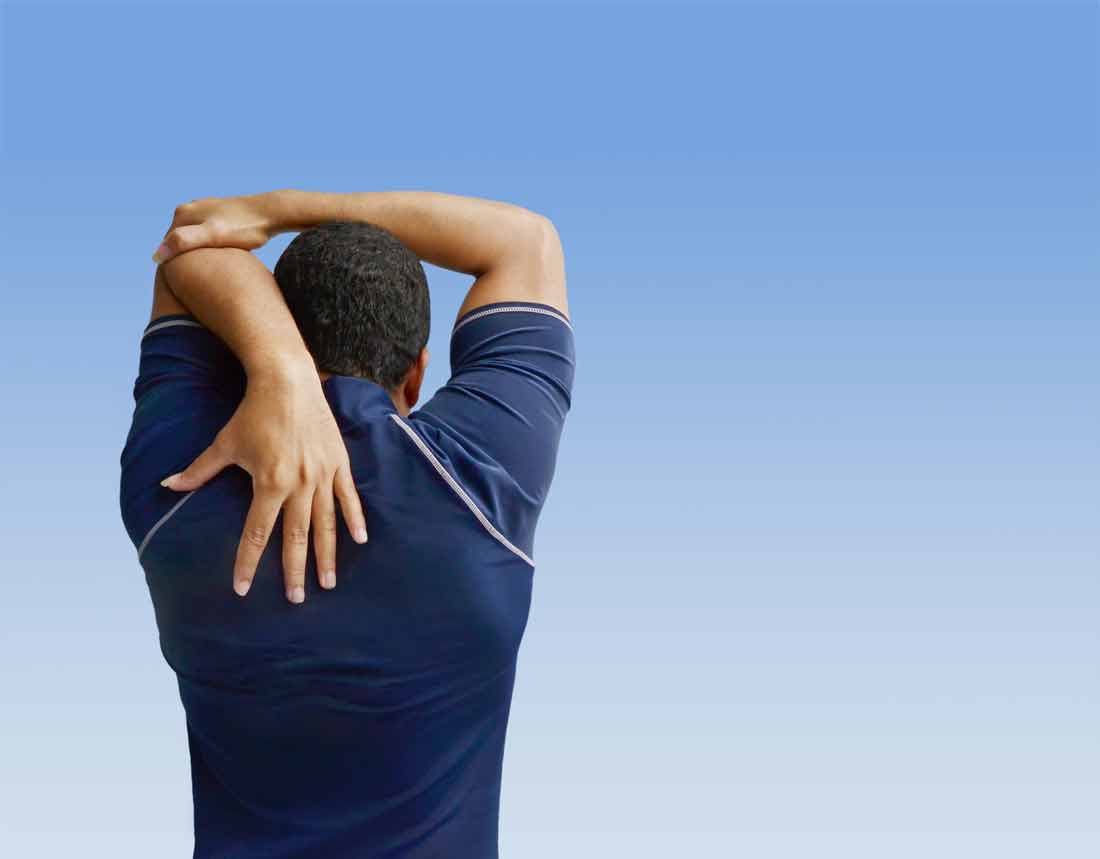Physical Vs Mental Fitness
There is but one way to live life to its fullest- being fit. Understanding the benefits of all-round fitness and knowing how active you should make it easier to improve the overall quality of your life. To help you live better, here’s how you can benefit from mental and physical exercise regardless of your age, sex or physical ability.
When talking about fitness, both mental and physical fitness come into play. More often than not, physical fitness gets plenty of attention, and for a good reason. A healthy body can counter conditions such as heart disease and diabetes, and help you maintain confidence as you age.
However, mental fitness is just as important as physical fitness, and should not be neglected in your self-betterment plans.
Mental fitness means having a brain and emotional health in tip-top shape. It may not necessarily mean training to ace an IQ test, but a series of exercise that helps slow down, decompress and boost a flagging memory.


Aerobics (cardio)
Aerobics involves maintaining an increased heart rate for an extended period of time. Types of cardio exercises include running, swimming, biking, rowing, dancing, and jumping rope.

Strength
Also called Resistance Training. It’s a physical activity with the purpose of increasing muscle strength and mass. Examples include weightlifting, dumbbell and bodyweight exercises.

Balance
This is where you activate your abdominal muscles for stability and control of your body. Balance exercises can include yoga, tai chi and stability ball exercises.

Flexibility
Bragging about how much you can bench is no fun if you have trouble tying your shoes. Flexibility saves you from tight hips, hamstrings, hip flexors and makes you as strong as you can be.

Why you need to be fit and importance of physical fitness
Weight control leads you towards fitness
Along with diet, exercise plays an essential role in managing your weight and preventing obesity. To maintain your weight, the calories you are taking must equal the energy you burn. To lose weight, you must utilize more calories than you eat and drink.
Manage your sugar and insulin levels
Exercise can reduce your blood sugar level and help your insulin work effectively. This can lower your risk for metabolic syndrome and type 2 diabetes. And if you already have one of those diseases, exercise can help you to maintain it.
Feel Happier through fitness
Exercise has been shown to improve your mood and reduce feelings of depression, anxiety, and stress. It produces variations in the parts of the brain that control stress and anxiety. It can also boost brain sensitivity for the hormones serotonin and norepinephrine, which relieve feelings of depression.
Better Mental Health and fitness
Regular exercise can have an extremely positive influence on depression, anxiety, ADHD, and more. It also relieves stress, increases memory, helps you sleep better, and boosts your overall mood. You don’t have to be a fitness fanatic to reap the benefits – browse through our site and discover how to reap these benefits.
How to Achieve Mental Fitness
Be positive with yourself and improve your fitness
Affirmation, or positively talking to yourself, involves strengthening neural pathways to bring your self-confidence, well-being, and satisfaction to a higher level. To start, make a list of your good qualities. Remind yourself that you don’t have to be perfect. Set goals for what you want to make better and start small to avoid becoming confused.
Stop Multitasking
Many think that multitasking enables you to get more things done at once, but it creates more problems than it solves. Focusing on one task at a time will improve your concentration and help you to be more productive.
Try Something Different
New practices can also set you on the way to mental fitness. You can fit new approaches into your daily life by trying new foods, new ways to accomplish routine tasks, traveling to new places or trying a new route to the grocery store.
Read More
Reading is great for your brain. Your brain processes every word you read, including this one. Beyond the mechanics, reading helps you visualize the subject matter on the pages before you, and imagine what voices sound like in the written dialogue.
This can also be a great relaxation technique
Top Fitness Tips for Mental and Physical Exercise.
General physical fitness and targeted exercises to improve stability can prevent falls. But so can staying mentally ready to maintain brain health. A sharp mind helps you to think — and stay — on your feet. Join us and learn to strike a balance.
No Results Found
The page you requested could not be found. Try refining your search, or use the navigation above to locate the post.
150 Exercises You Can Do
As a bonus, we are giving a free fitness exercise ebook to start your healthy lifestyle
6 Easy and Effective Stretches for Shoulder Relief

That being said, you must stretch your shoulders from time to time. This will not just loosen your muscles but build them up as well. It’s a wonderful feeling also to release all the tension from that part of your body. Here is a list of simple yet 100% effective stretches to help increase flexibility, extend the range of your movements, and prevent damage. You can do as few or as many reps as your time allows and slowly increase in time for strength building and improvement in mobility.
Shoulder Roll

2. On exhale, roll both shoulders slowly pushing it backward.
3. Inhale again and this time bring your shoulders up towards your ear’
4. Slowly roll it forward on an exhale
T-Arm Stretch

2. Lock the first arm by folding the other across it vertically, forming an intersection of the two arms near the elbow crease
3. Put some pressure on the first arm while continuing your breathing. Make sure that your back is straight and neck relaxed. You can also choose just to touch the elbow of the first arm instead of locking the opposite arm fully – whichever is comfortable.
4. Hold this stretch for 30 seconds with relaxed breathing
5. Switch position of arms
Back Reach Strech

2. Slowly extend your reach and aim to touch the middle part of your back near your nape
3. Slightly introduce pressure on the folded arm by using your other hand to push the folded elbow to a slight stretch
4. Maintain that position for 10 seconds and feel the stretch in your shoulders and triceps
5. Release the folded arm and do on the other arm
Reverse Prayer Stretch

2. Clasp your hands, palms together in the middle of your back, between the shoulder blades
3. Lift your elbows as high as you can. You will feel your chest stretch and open up.
4. Place flat palms and fingers together (like praying), and point your fingers upwards the ground.
5. Rotate your hands slowly so your fingers are pointing towards the sky
6. Hold this pose for 20-30 seconds, release and repeat 3-4 times.
Back Hand Lock

1. Raise your right arm facing up
2. Straighten your left arm facing downwards
3. Bent both elbows so the hand can meet near your spine (below nape)
4. Clasp hands together forming a lock as close to each other as you can
5. Sustain this position for 10 seconds
6. Release and alternate position of the arm
Ear to Shoulder

2. Hold this pose for a few seconds
3. After feeling the stretch on your left shoulder and neck, slowly release and move back head to a normal position facing forward
4. Do this on both sides alternately
Final Say- Shoulder Relief Stretches
In these exercises, never forget to maintain a straight back – extending your spine and relaxed neck for best results. You can do these equipment-free exercises at no cost and in any situation: at work during lunch or before a meeting, commuting, when in your car during a traffic jam.
If your work requires sitting for most of your hours, make sure you have ergonomic office furniture set-up. To compliment that, so these exercises and stand up from your chair and move inside your office from time to time.
Take advantage of doing it yourself massages and body rubs or patch to relax slightly sore shoulder muscles. As much as possible, be active on weekends so that your joints and muscles are sufficiently activated.
If you already have existing conditions with your spine, joints, or if the tightness still won’t go away after stretching, be sure to consult your physician for recommended exercises that suit you best.
Other Articles you may like.
Register Now
Sign up today and Get Expert Fitness Advice Right delivered right in your mail


